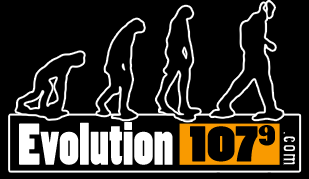Concerts aren’t just live music—they’re a whole experience. Each artist brings something unique to the stage, and it’s always more intense than anything you can get from just listening to an album or a playlist. Some performers take the stage like they own it, with confidence and insane energy that connects with the audience instantly. Others are a little more relaxed but still manage to create a vibe that sticks with you long after. No matter the approach, the experience is always memorable.
I’ve only been to two concerts, but they each left such an impact. My first concert was I DONT KNOW HOW BUT THEY FOUND ME and Joywave. I’d been a fan of IDKHOW for years, so getting to see them live was something I’d been looking forward to. And Joywave was a cool surprise, a band I’d found from a Spotify weekly mix with their song F.E.A.R., which quickly became one of my favorites. That night, I went with two friends, and we were just blown away by the energy. The concert was so stellar that I bought signed vinyls from both bands. I got Razzmatazz from IDKHOW, which is probably my favorite, and Cleanse from Joywave—not quite my top album of theirs, but still awesome to have in my collection.
Then, last year, I went to see Joji with three close friends, and it was something else entirely. Joji’s stage design was on a different level, with elevated platforms and incredible light displays that made each song feel like its own little world. Singing along with my friends was a blast, and there was this feeling of connection with everyone around us, all just vibing to the same music. It’s that kind of shared energy that makes concerts so different from listening at home.
Looking back, I wish I’d been able to catch even more concerts. This year alone, Mother Mother, Cavetown, and Cigarettes After Sex came through, and last year there was Arctic Monkeys, one of my favorite bands. Missing those shows still gets to me, especially since live music has this way of making you feel like you’re part of something bigger.
In the end, while streaming and playlists are convenient, nothing matches the thrill of a live concert. Feeling the bass, watching the lights, and sharing the moment with people who are just as into the music—it’s an experience worth every moment. Next time one of your favorite artists comes to town, I’d say don’t hesitate to grab a ticket. There’s nothing like it.


